Home / Albums / Tag Place:India 27

 Raba—Indian violin
Raba—Indian violin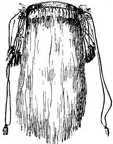 Veil of Hindu bride
Veil of Hindu bride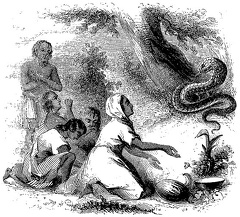 Worhipping the Cobra
Worhipping the Cobra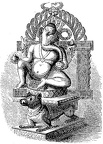 Pulliar
Pulliar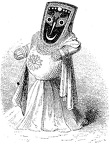 Juggernaut
Juggernaut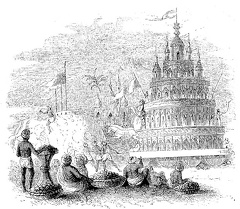 Juggernaut's Chariot
Juggernaut's Chariot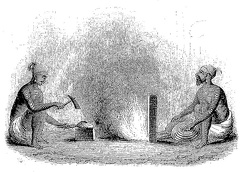 Blacksmiths
Blacksmiths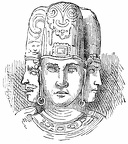 The Hindoo Trimurti
The Hindoo Trimurti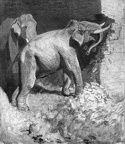 Elephants attacking a granary
Elephants attacking a granary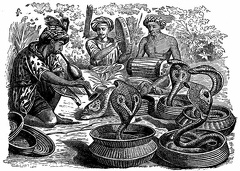 Hindu Snake Charmers
Hindu Snake Charmers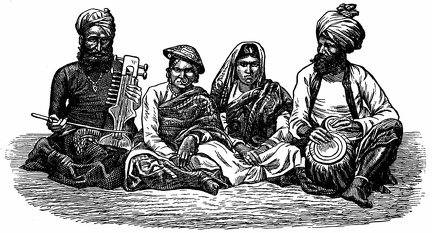 Hindu Dancing girls and Musicians
Hindu Dancing girls and Musicians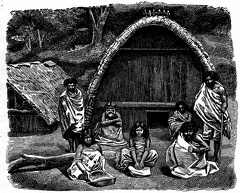 Group of Todas
Group of Todas Indian dancing-girl
Indian dancing-girl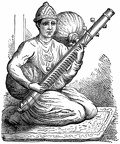 Hindustan, vina
Hindustan, vina Seva
Seva Vishnu
Vishnu Brahma
Brahma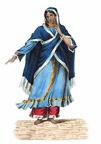 Nautch Girl
Nautch Girl A Nautch Girl
A Nautch Girl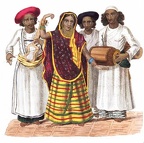 A Nautch Girl, or singing girl
A Nautch Girl, or singing girl Comparative Maps of Asia under Different Projections
Comparative Maps of Asia under Different Projections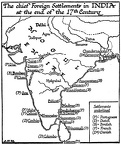 Chief Foreign Settlements in India, 17th Century
Chief Foreign Settlements in India, 17th Century Hariti
Hariti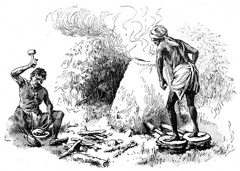 Iron-Smelting in India
Iron-Smelting in India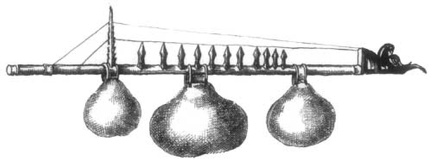 The Kimmori
The Kimmori The Bin
The Bin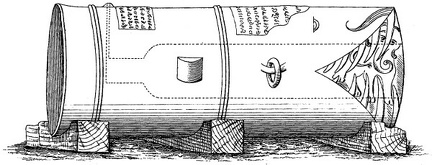 Moolik i Meidan
Moolik i Meidan



